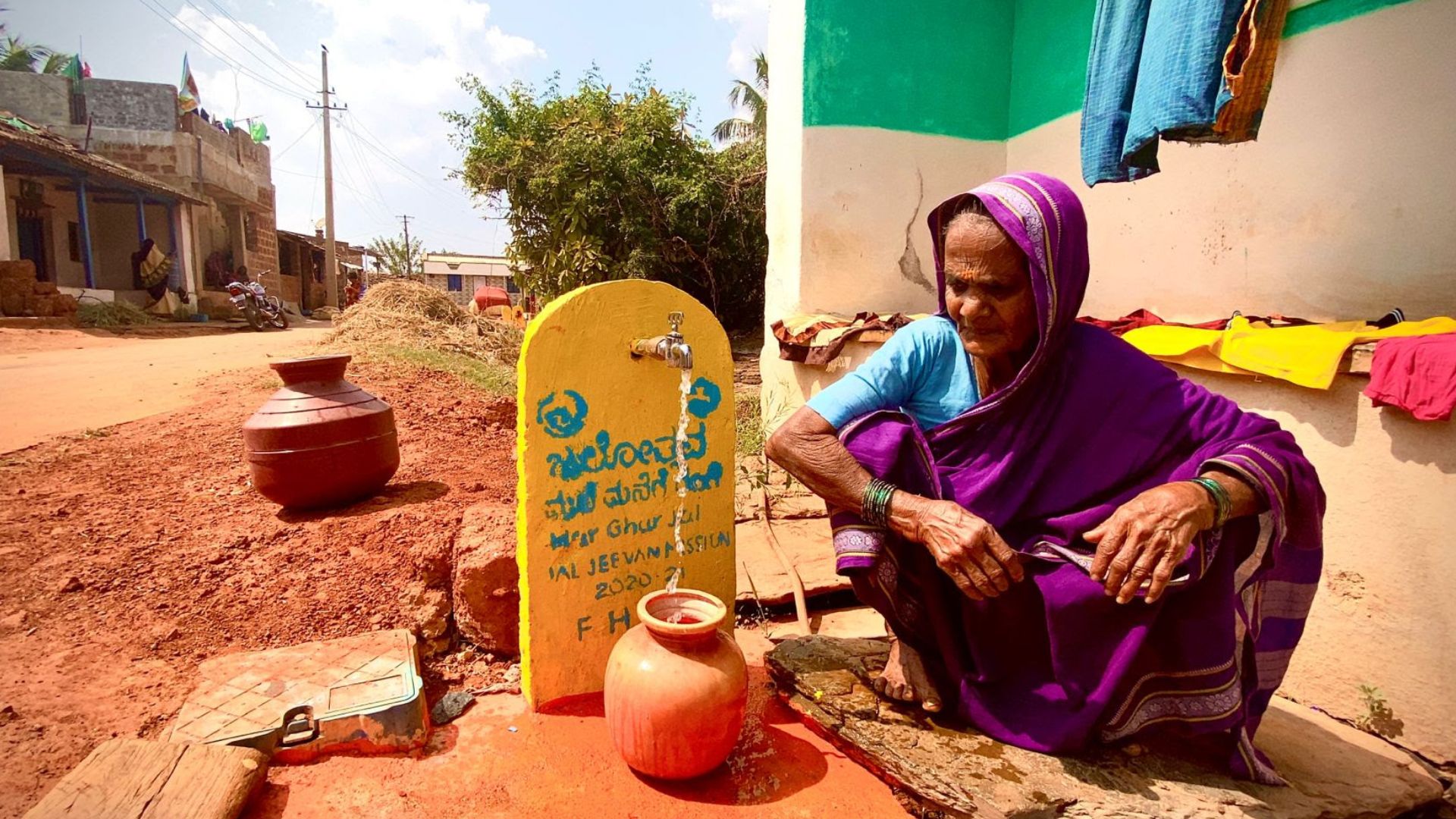A recent research report by the State Bank of India has revealed the transformative impact of the Jal Jeevan Mission (JJM) on rural India, particularly on women’s socio-economic empowerment.
The study has found that across the country, an overall 8.3 percentage point reduction in households fetching water from outside premises has led to a 7.4 percentage point increase in women’s participation in agriculture and allied activities.
States such as Bihar and Assam have demonstrated exceptional progress, with female workforce participation rising by over 28 percentage points, highlighting the cascading benefits of reliable access to tap water in relatively poor states.
Launched by the Government of India on 15 August 2019, the Jal Jeevan Mission, a pet project of Prime Minister Narendra Modi, aims to provide functional tap water connections to every rural household.
When it was started, only 3.23 crore (17%) rural households had tap water connections. However, by 10 October 2024, the initiative has successfully added 11.96 crore new connections, bringing total coverage to 15.20 crore households or 78.62% of rural India.
The state-wise impact of the mission, as the study found, shows how some of the ‘poorest’ states have benefitted from the scheme.
In Uttar Pradesh, the number of households with tap water connections increased significantly, which has also boosted women’s participation in agricultural activities by 17.3 percentage points.
Similarly, Odisha saw a 7.8 percentage point reduction in households fetching water from outside, correlating with a 14.8 percentage point rise in women’s workforce involvement.
West Bengal, a non-BJP ruled state, recorded a 15.2 percentage point increase in female workforce participation, reflecting how improved access to water has alleviated women’s physical and time burdens.
States like Himachal Pradesh and Telangana have also seen notable changes. Himachal Pradesh recorded a remarkable 19.4 percentage point reduction in households fetching water from outside, while Telangana witnessed a 30.3 percentage point decline, demonstrating the effectiveness of the mission in even challenging terrains. Like West Bengal, Telangana too has been ruled by non-BJP parties since the project was launched.
Similarly in Jharkhand, for instance, a 10.8 percentage point reduction in water-fetching households has coincided with a 13.7 percentage point increase in women’s
The story has found that by reducing dependency on external water sources, it has improved rural living standards, reduced waterborne diseases, and ensured better health outcomes.
Andhra Pradesh saw a 9 percentage point reduction in water-fetching households.
In Rajasthan and Gujarat, the availability of tap water has enabled rural communities to invest their time and energy into productive endeavours, contributing to economic growth.
The success of the Jal Jeevan Mission has also extended to health and education. In states such as Kerala, the availability of clean water has reduced waterborne illnesses, enabling children to attend school regularly.
With an estimated budget of ₹3.60 lakh crore, shared between the Centre and states, the mission is working towards ensuring water security across India.

